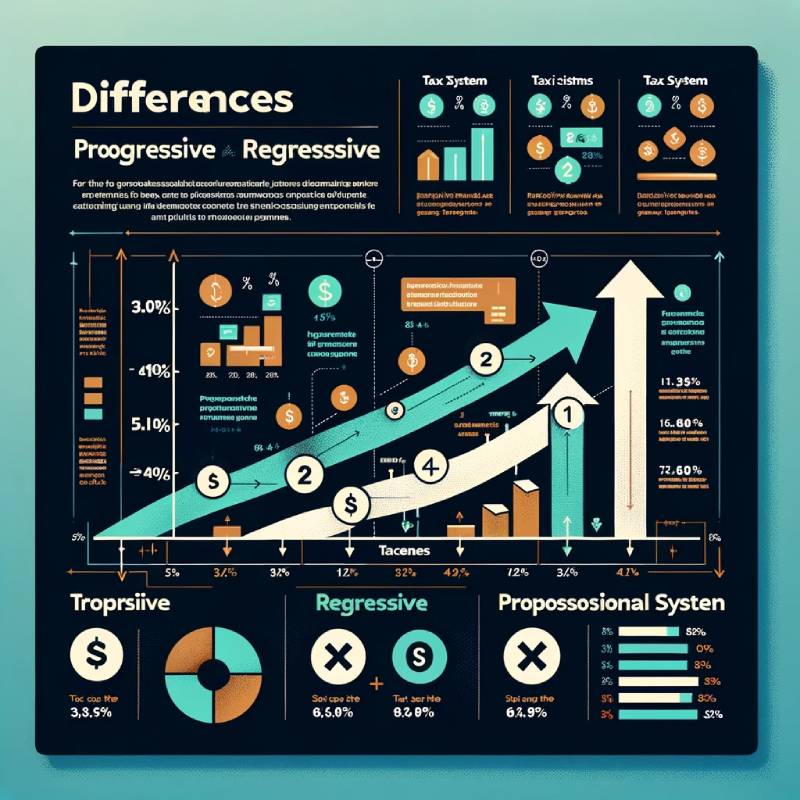Tax systems vary around the world, with different countries adopting different models based on their economic policies, social welfare needs, and administrative capabilities. Generally, tax systems can be categorized based on how the tax burden is distributed across different income groups, as well as the types of taxes that are levied. Here’s an overview of the main types of tax systems:
1. Progressive Tax System
In a progressive tax system, the tax rate increases as the taxable amount (income, property value, etc.) increases. This system is based on the principle of ability to pay, meaning those who earn more pay a higher percentage of their income in taxes. It aims to reduce income inequality by placing a larger tax burden on wealthier individuals. Income taxes in many countries are often structured progressively.
2. Regressive Tax System
A regressive tax system is one where the tax rate decreases as the taxable amount increases. This means that lower-income individuals pay a higher proportion of their income in taxes compared to higher-income individuals. Sales taxes and excise taxes can be considered regressive because they take a larger percentage of income from lower-income individuals, who are more likely to spend a higher proportion of their income on taxed goods and services.
3. Proportional (Flat) Tax System
In a proportional or flat tax system, the tax rate is constant, regardless of the taxable amount. Everyone pays the same percentage of their income, property value, etc., in taxes. Advocates argue that it simplifies the tax system and encourages economic growth by treating all taxpayers equally. However, critics argue that it can increase inequality by not taking into account the differing abilities of individuals to pay.
4. Value-Added Tax (VAT) and Sales Tax
Value-added tax (VAT) and sales tax are consumption taxes, but they are applied differently. VAT is collected at every stage of the production and distribution process, based on the value added at each stage, whereas sales tax is only collected at the point of sale from the end consumer. VAT is common in many countries around the world, while the U.S. primarily uses sales tax.
5. Corporate Tax
Corporate tax is levied on the income or profit of corporations. The rates and structures vary significantly across countries. Some countries have a flat rate for all businesses, while others have different rates based on the size or income of the corporation.
6. Property Tax
Property tax is levied on property ownership, usually based on the value of the property. It is a key source of revenue for local governments and is used to fund public services such as education, police, and infrastructure.
7. Inheritance and Estate Taxes
Inheritance and estate taxes are levied on the estate of a deceased person before the assets are distributed to heirs. The approach to these taxes varies widely among countries, with some levying high rates to discourage large accumulations of wealth, while others have abolished them altogether.
Each of these systems has its proponents and critics, and countries often employ a mix of these systems to meet their fiscal needs and social goals. The effectiveness and fairness of each system depend on its implementation and the context within which it operates.

